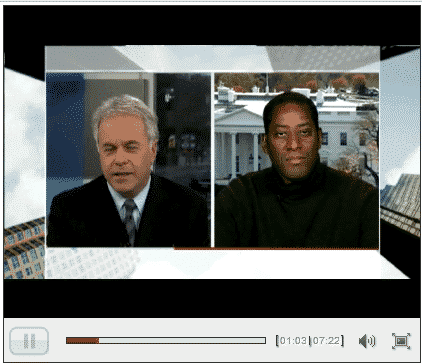In Bullish Mode
I was on BNN this past Friday talking to Howard Green about China, banks and GE. My comments were pretty near-term bullish on the whole regarding Chinese growth, bank dividends, and bank reforms. The longer-term is another issue. Here’s what I see happening.
The Chinese economy, like the two other big EM economies in Brazil and India, is growing very quickly. This has been a boon for global growth and has caused capital to move to emerging markets. However, these economies are growing at rapid rates that are stoking inflation. China’s inflation rate is running at the fastest in two years. To date, the Chinese have focused on tightening reserve requirements as the principal way to bring their property bubble under control and to prevent inflation. Reserve requirements have been raised for three times in three weeks to 18.5%, a record high for most of the country’s banks. Price controls have also been introduced. This will almost certainly not be enough. The price controls, in particular, are more likely to spawn shortages than contain inflation. At the weekend, the Chinese failed to raise interest rates and this has caused markets to race higher and commodity prices like copper to hit new multi-year highs. In the video linked below, I say that the Chinese certainly will move to revaluation and interest rate hikes in the new year.
On the bank issue, GE, a stealth financial, is hiking dividends. It’s only two cents and more than 50% below crisis level, but it is certainly headed in the right direction. On Friday I said this was a sign that GE feels more comfortable with its own liquidity and the near-term outlook to resume a more normal payout level. I anticipate that banks will do the same when given a green light by the Fed. I mentioned US Bancorp and JPMorgan Chase as two banks likely to hike as soon as possible.
The last issue we covered was Wells Fargo’s stance in favour of the Dodd-Frank Act provision forcing banks to retain residual exposure to any securitizations they perform. Wells says that only new mortgages backed by at most 70% loan-to-value deserve to be exempt from this provision. Clearly, Wells is in an advantageous position to make this call since they were never as dependent on the securitization market as other big banks to begin with. And because of credit derivatives, banks can easily try to hedge this residual exposure out, gutting the spirit of the rule. But, in the end you do want to see banks eating their own cooking rather than pawning off exposure in the securitization market. And so, on the margin, I view this favourably.
So that’s a trifecta of bullishness then. Longer-term, China is worrying because there is clearly a bubble in property there and now the economy is overheating; there are going to be major losses when this is over. The only question goes to the impact on China’s real economy, economic policy and the broader global economy. On the US banking issues, remember that banks are still playing extend and pretend and that mark-to-market rules have been gutted, allowing US banks to act as if they have a lot more capital than they actually do. For now, however, the real impediment to banks is going to be foreclosures and low credit demand. However, I don’t expect a huge wave of new writedowns just yet.
That’s it. This is a bullish a post as I have written of late. Here is the video

“Longer-term, China is worrying because there is clearly a bubble in property there and now the economy is overheating; there are going to be major losses when this is over.”
Ed – I’m troubled by “longer-term”. Assume you read Ambrose
https://www.telegraph.co.uk/finance/comment/ambroseevans_pritchard/8182605/Chinas-credit-bubble-on-borrowed-time-as-inflation-bites.html
And apparently some smart hedge-fund guy whose name I forget has raised enough to blow 20% of it a year shorting China. Why risk being “in bullish mode” & long “for now”, when based on e.g. Ambrose’s figures things should already have gone to hell in a handbasket and could now do so at any time.
Seems to me we’re still in the forest looking for the sunlight but all we can see is the next tree. Rising oil prices should put the kibosh on any “recovery” and if China has a meaningful setback, both oil and gold could be vulnerable. These days, it could be better to be a year or 2 too early than a day or 2 too late.
Yes, playing the game as if you can get out before things turn south is not a very good way to go IMO. Richard Bernstein sounds as if that’s what he is advising because I read him to say the US still has structural problems. Yet, he is advising the risk-on trade quite vocally now. I think Grantham’s approach is more well-considered